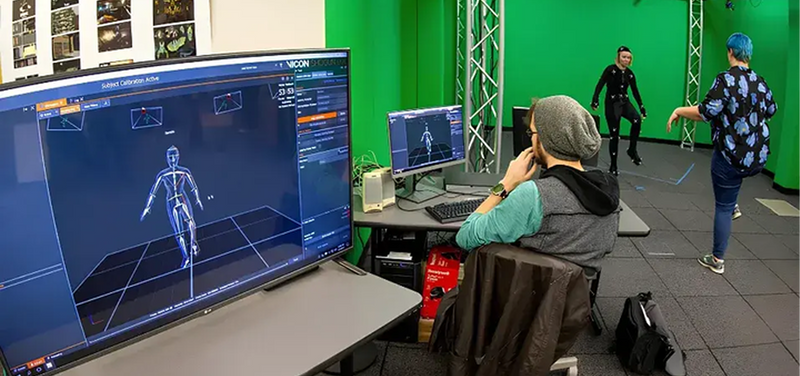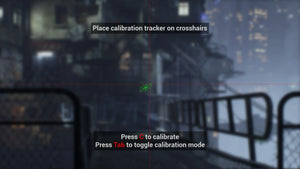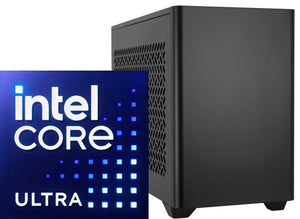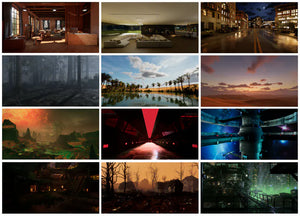Motion Capture Technology: A Complete Guide

If you’ve ever wondered how today’s movies, video games, and animations achieve such realistic movement, the answer lies in motion capture technology (also known as mocap). From epic battle scenes in blockbuster films to lifelike characters in gaming, motion capture has become a cornerstone of modern entertainment.
In this guide, we’ll explore what motion capture is, how it works, and its role in film, video games, animation, sports, and tools like Blender.
What Is Motion Capture Technology?
Motion capture technology is the process of digitally recording human or animal movements and transferring them onto a digital character. Sensors, cameras, or markers track body motion, which is then applied to a 2D or 3D model.
This technology allows creators to achieve highly realistic animations that would be too complex, time-consuming, or expensive to animate by hand.
Motion Capture in Film
When people ask, “what is motion capture in film?”, the simplest answer is: it’s how actors bring digital characters to life.
Some famous examples include:
-
Gollum in The Lord of the Rings — Andy Serkis’ performance was captured with mocap.
-
Avatar — Entire alien worlds were built with the help of motion capture technology.
-
Marvel Films — Characters like Thanos rely on mocap for realistic expressions and body movements.
In filmmaking, mocap allows directors to merge real performances with CGI, giving audiences immersive and believable characters.
Motion Capture in Video Games
Wondering what is motion capture in video games? Simply put, it’s how developers create lifelike characters and gameplay experiences.
-
Sports titles like FIFA and NBA 2K use mocap to replicate real athletes’ movements.
-
Action games like Assassin’s Creed and Call of Duty rely on mocap for combat sequences.
-
RPGs like The Witcher and Cyberpunk 2077 use it for facial and emotional expressions.
Using motion capture in games bridges the gap between reality and digital storytelling, offering players an immersive experience.

Motion Capture in Animation
In traditional animation, every frame must be drawn or rigged manually. But with motion capture in animation, the process becomes faster and more natural.
So, what is motion capture in animation? It’s when animators use mocap data as the foundation of character movement. This ensures more fluid gestures, realistic expressions, and time savings.
For example, mocap is often used in animated films and commercials to produce lifelike character behavior while still allowing stylized artistic control.
Motion Capture in Blender
If you’re learning animation or game design, you might ask: “How to do motion capture in Blender?”
Blender supports mocap integration, and there are two main ways to use it:
-
Importing Mocap Files — Bring in BVH or FBX files from mocap systems.
-
Live Mocap with Add-ons — Use plugins or tools to stream real-time movement data directly into Blender.
Knowing how to motion capture in Blender allows beginners and professionals to bring characters to life without manually animating every movement.
Motion Capture in Sports
Beyond film and gaming, motion capture in sports is transforming how athletes train and how fans experience the game. Coaches and analysts use mocap to:
-
Enhance Performance – Tracking body mechanics to improve speed, agility, and efficiency.
-
Prevent Injuries – Identifying poor movement patterns before they cause harm.
-
Broadcast Innovation – Creating digital replays and VR experiences for fans.
For example, professional football and basketball teams rely on mocap to optimize training regimes, while broadcasters use the technology to bring dynamic 3D replays to life.

Motion Capture in Movies & Entertainment
In motion capture in movies, the focus is not only on fantasy creatures but also on bringing subtle, human-like performances into CGI-heavy productions. Studios now use mocap for:
-
Hyper-realistic CGI characters (e.g., Thanos, King Kong).
-
Crowd simulation for epic battle scenes.
-
Integrating live-action with virtual sets for faster production timelines.
This is where ARwall plays a key role: by merging motion capture technology with real-time virtual production environments, filmmakers can visualize entire scenes live on set instead of waiting for post-production.
Motion Capture in Games & VR
In the gaming industry, mocap doesn’t just animate characters—it fuels immersive VR experiences. When combined with virtual production workflows, mocap allows:
-
Players to embody avatars in real-time.
-
Developers to capture real human interactions and translate them into gameplay.
-
Esports and VR events to feel more lifelike.
At ARwall, our focus is enabling studios to push boundaries by integrating mocap with real-time Unreal Engine workflows, helping creators deliver cinematic-quality gaming experiences.
How to Use Motion Capture in Blender (Advanced Workflows)
Professionals often ask how to use motion capture in Blender beyond basic imports. Industry pipelines include:
-
Capturing live actor performance with mocap suits.
-
Importing FBX or BVH files into Blender.
-
Cleaning up animation curves for production-quality results.
-
Applying mocap data to stylized rigs for animation or game-ready assets.
This workflow is particularly popular with indie studios and small teams who want to bring Hollywood-level mocap techniques into affordable production pipelines.
The Future of Motion Capture Technology
Motion capture is evolving rapidly, with trends including:
-
Markerless Mocap – Cameras track movements without physical markers or suits.
-
AI-Powered Mocap – Machine learning predicts and refines motion data.
-
Real-Time Mocap in Virtual Sets – Integrating performances instantly into environments, reducing post-production.
This is where ARwall is leading innovation. By combining motion capture technology with AR/XR virtual production, we empower filmmakers, game developers, and brands to create immersive worlds faster, cheaper, and more creatively than ever before.

Frequently Asked Questions
Q: What is motion capture in film?
A: It’s the process of recording an actor’s performance and applying it to a digital character for realistic movement.
Q: What is motion capture in video games?
A: Mocap allows developers to capture real human movement and bring it into gaming engines for lifelike gameplay.
Q: What is motion capture in animation?
A: Animators use mocap data to create natural-looking character motions while saving time on manual animation.
Q: How to do motion capture in Blender?
A: Import mocap files or stream live mocap data using add-ons, then refine and apply it to character rigs.
Q: What industries use motion capture technology?
A: Film, video games, animation, sports, VR/AR, and advertising all rely heavily on mocap.
Conclusion & CTA
Motion capture technology is no longer limited to big-budget films—it’s a driving force across industries like games, sports, and animation. With tools like Blender and real-time engines, even small studios can now harness its power.
At ARwall, we specialize in blending motion capture, virtual production, and real-time storytelling to create seamless, cinematic experiences. Whether you’re a filmmaker, game developer, or brand innovator, we help you unlock the full potential of mocap.
Ready to bring your characters and stories to life with motion capture?




